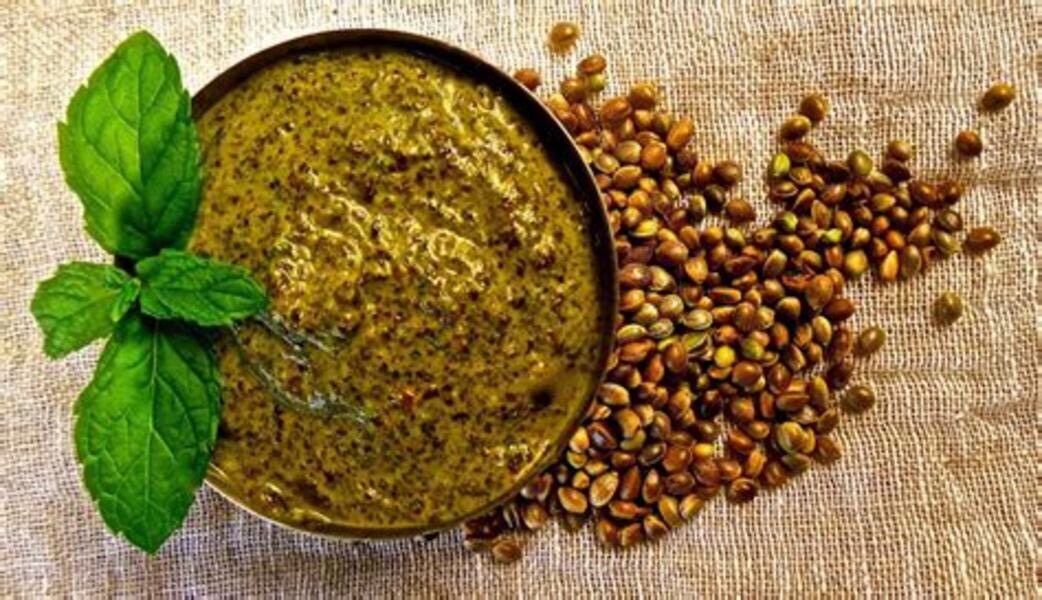You can write your own food recipes and keep as notes or share with friends. Today, we show the process for compiling these records in a very effective way.
1. Make notes as you cook
The everyday meals you prepare are the primary sources of information for your recipe book. You can jot down the ingredients, cooking methods and measures as you prepare your own daily dishes. To be able to do this recording efficiently, you need to keep a jotter by your kitchen counter so you can reach it easily.
2. Describe input and measurements accurately
Because you are writing for a diverse audience who may even be outside the jurisdiction of your country, you will need to keep to international conventions for naming or measures. For example, you should keep your measures in imperial system of pounds or metric system of grammes.
2. Use a consistent format or layout
Keep a consistent format so readers can easily follow your content. Keep to a constant layout so users expect same design all through. It is best practice to keep to a template to assure the formatting.
3. Provide headings and summaries
Placing headers and titles give context to the topic. They set the tone for the page. A title should nor be too short or long. It should adequately describe the content in a summarized form.
4. Illustrate with pictures or artwork
As far as practicable, sprinkle a few pictures or illustrations to aid understanding. Many readers are able to identify with and relate more to the content if they are given graphical presentations. It will therefore be helpful if you have a camera at hand during cooking to take photos of the various stages.
5. Add notes on serving
For dieticians and people with special food needs, serving information will help them determine if your recipes are suitable for them. Wherever appropriate, you can include this data for their information. Adding serving information also adds a professional dimension to the book.
6. Check for typos and grammatical errors
Spell and grammar check all work. Do it with a word processor and manually as well. Poor content may pose some difficulty for the acceptance of your recipes because it may be presumed to be inaccurate or unresearched.
7. Look over everything you have done.
Now that all the work is done, look over everything. Ensure everything is arranged nicely. Look for for any omissions. Finally, assess the presentation and be satisfied that its ok.
8. Convert manuscript into drafts
Its now time to put all notes together. From this stage you arrange them into chapters for easy reading. You also determine the typography, pictures position and formatting.
9. Keep or distribute your writing
Distribute your recipes via email, website, social media or by simply handing a hard cover version to friends.
So in very simple steps, you can have a food recipe book using your own resources. Cookbooks compiled this way are so helpful for the recordings you make today can be a valuable source of knowledge for your own reference or that of others.
